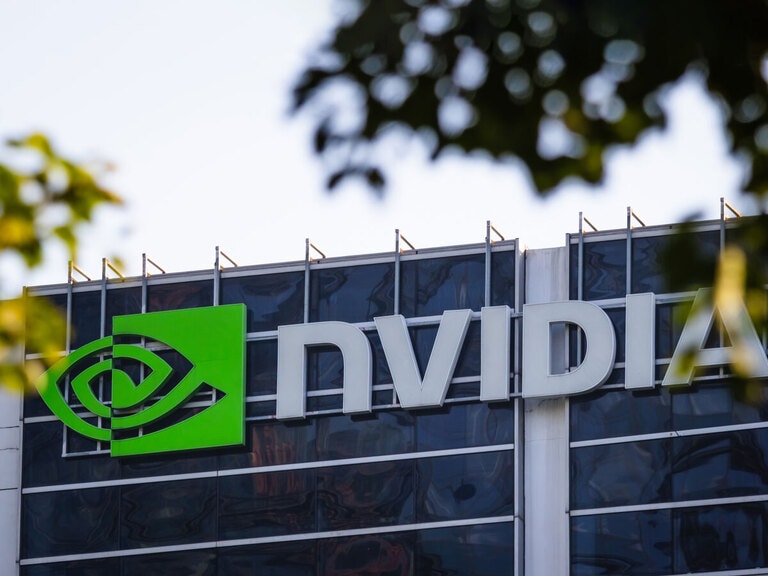A Washington-Beijing deal has reduced the risk of Chinese companies delisting their ADR shares, which could present a buying opportunity for stocks like Alibaba, JD.com and Pinduoduo despite growth showing signs of weakness.
The American Depository Receipt (ADR) shares of Chinese tech giants Alibaba [BABA], JD.com [JD], and Pinduoduo [PDD] have struggled so far this year, but renewed hope that these firms won’t be forced to delist from the US could boost shares.
Last month, five state-owned Chinese companies, including China Petroleum & Chemical Corp [0386.HK] and PetroChina [0857.HK], announced their intentions to voluntarily delist from US exchanges.
There have been widespread concerns that China’s big tech giants may befall the same fate. However, news that Beijing and Washington reached a tentative agreement to allow US officials to review audit documents of Chinese companies has come as something of a relief.
The move could potentially cut the risk of Chinese ADRs being delisted in half, according to a note from Goldman Sachs seen by CNBC. Analysts said their model “suggests that the market may be pricing in around 50% probability” that delistings will occur.
International sales is Alibaba’s bright spot
Alibaba reported flat revenue growth for its first quarter of fiscal 2023, driven by a marginal 1% decrease in domestic commerce revenue. Earnings per American depository share (ADS) declined 29% year-over-year to ¥11.73.
Despite the weakness, Rohan Reddy, director of research at Global X Management, told Bloomberg that “the results signal resilience in the face of regulatory fears and domestic economic headwinds”.
“Chinese tech stocks still have room for recovery with valuations at attractively cheap levels and an easing policy environment continuing for the foreseeable future,” Reddy added.
The bright spot in the Q1 report was that international commerce revenue was up 12% year-over-year. Bloomberg has reported that Alibaba is hoping to push southeast Asia-focused online retailer Lazada into Europe to capitalise on international growth.
The Alibaba share price is down 9.4% in the past month to close at $81.60 on 21 September and down 31.3% year-to-date. The stock is 55.2% below its 52-week high of $182.09 set on 22 October last year before uncertainty about its growth outlook started to bite in November.
Earnings boost for JD.com
The e-commerce giant posted its slowest quarterly growth on record for the three months to the end of June. Revenue was 267.6 billion Chinese yuan, up 5.4% on the 262.3 billion yuan reported in Q2 2021, but well below the 18% growth rate reported in Q1.
In surprising news, however, Q2 adjusted earnings were 4.06 yuan per ADS, crushing analysts’ expectation of 2.71 yuan, as reported by Reuters.
“We were pleased to post topline growth that outpaced the industry during a challenging period, as well as healthy profitability and cash flow,” said Sandy Xu, JD.com’s CFO.
“We will continue to focus on generating strong shareholder returns while maintaining our commitment to investing for the long term,” Xu added.
The JD.com share price is down 21.1% year-to-date to $53.93 as of 21 September and down 2.5% in the past month. At the most recent close, the stock was roughly 22.9% above its 52-week low of $41.56 set on 14 March.
Pinduoduo bucks the trend with revenue growth
Though the significant stalls in growth by Alibaba and JD.com suggest softening consumer demand in China, agricultural products platform Pinduoduo surprised with blowout Q2 earnings.
Revenue increased 36% year-over-year to $31.4 billion yuan compared to a 7% growth rate in Q1. Operating profit in Q2 jumped 231% and earnings per ADR were up 164%.
“While management did not share detailed outlooks for [Q3] and [H2], we believe the strength was mainly driven by solid execution and robust demand for value for money products as consumers are more price-sensitive facing macro uncertainties,” US Tiger Securities analyst Bo Pei wrote in a note to clients seen by Benzinga.
The earnings surprise has seen the Pinduoduo share price gain 30.4% in the past month to $62.49 through 21 September. The stock has also jumped 169% since setting a 52-week low of $23.21 on 15 March. It is, however, 40% below its 52-week high of $104.30 set on 22 October last year.
Continue reading for FREE
- Includes free newsletter updates, unsubscribe anytime. Privacy policy





